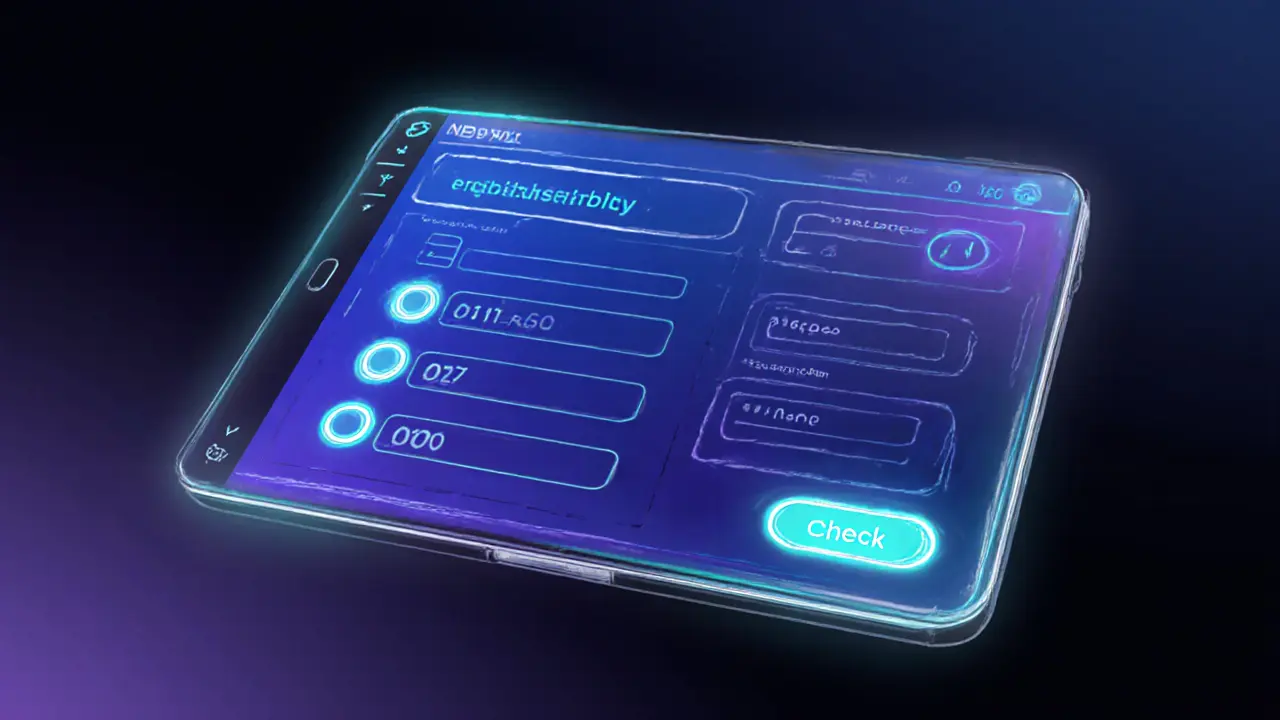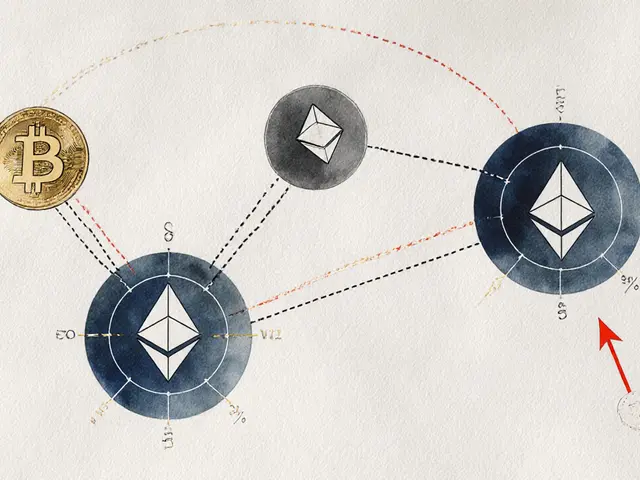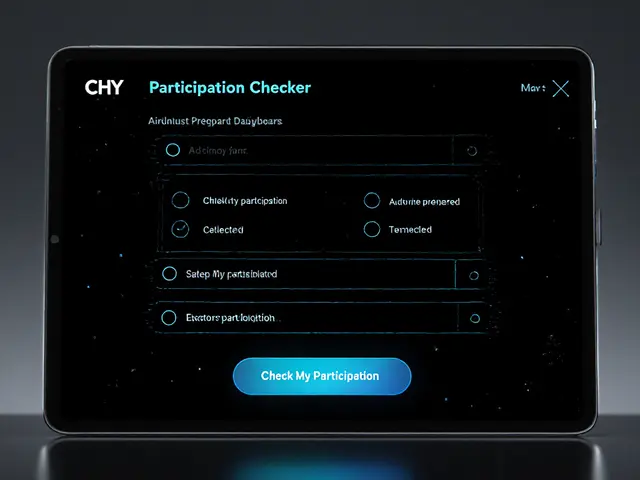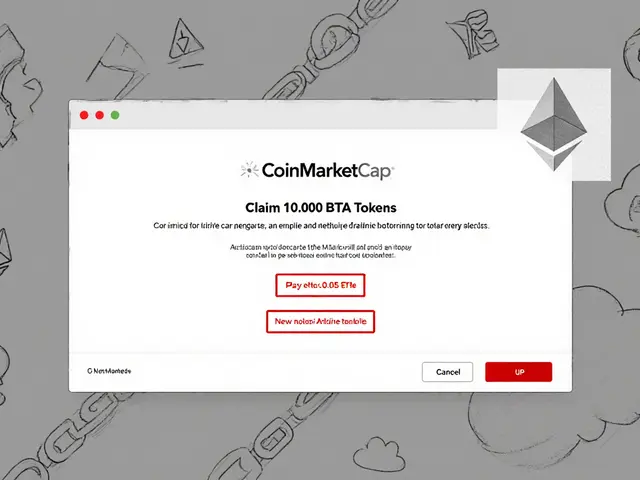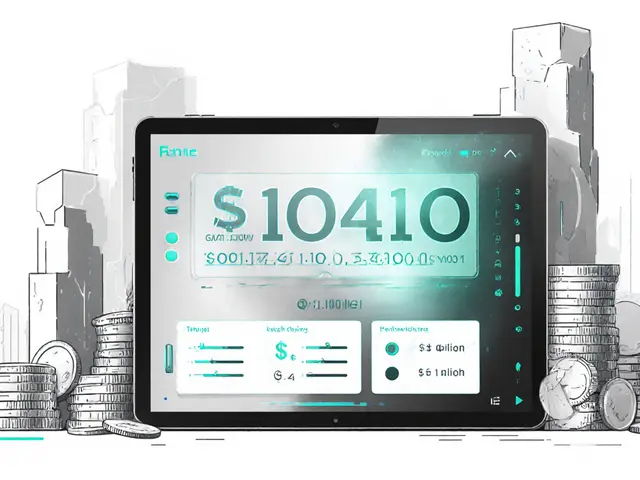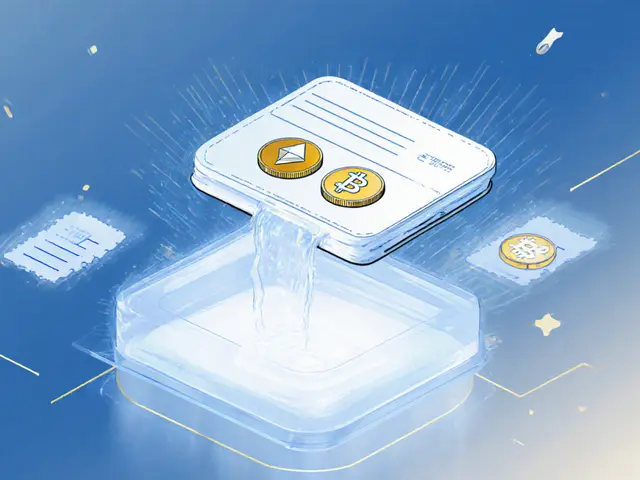Play-to-Earn: How Gaming Meets Crypto
When diving into play-to-earn, a model where gamers earn cryptocurrency or tokens by playing blockchain‑based games. Also known as P2E, it blurs the line between entertainment and investment.
Tokenomics, the economic design that dictates token supply, rewards, and inflation drives how much a player can earn, while Airdrops, free token distributions used to bootstrap a game’s community often serve as entry points for new players. NFTs, unique digital assets that represent in‑game items or characters give players true ownership and can be traded on secondary markets, adding real‑world value to virtual achievements.
Key Concepts in Play-to-Earn
The play-to-earn ecosystem encompasses blockchain gaming, where each action is recorded on a ledger, and it requires smart contracts to enforce reward rules. Smart contracts enable tokenomics to function automatically, which in turn shapes airdrop schedules. When airdrops reward NFT holders, the scarcity of those NFTs boosts their market price, creating a feedback loop that fuels player engagement.
Earning mechanisms vary widely. Some games hand out tokens for completing quests, others let you stake earned tokens to generate passive yield, and a few reward you for winning PvP battles. The common thread is that every in‑game achievement translates into a measurable on‑chain value, letting you cash out or reinvest without leaving the platform.
Risk is part of the picture. Token values can swing dramatically based on market sentiment, game updates, or changes in token supply. A sudden price dip can turn yesterday’s reward into today’s loss, especially for tokens with high inflation rates. Understanding the tokenomics behind each game helps you gauge how volatile a reward might be.
Regulators are paying attention, too. Some jurisdictions treat earned tokens as taxable income, while others classify them as securities. Knowing your local tax rules and the legal status of the game’s token can save you headaches later. Many projects now publish compliance statements to reassure players about the legal framework.
Community dynamics also matter. Active Discord channels, regular developer AMA sessions, and transparent roadmaps often indicate a healthy game that will keep rewarding players. Projects that involve the community in governance—through voting or staking—tend to have longer‑term stability.
Looking ahead, the play-to-earn space is maturing. We see more hybrid models where traditional game studios partner with blockchain teams, bringing higher production values and larger player bases. Cross‑game token interoperability and meta‑metaverse initiatives are early but promising, hinting at a future where your earned assets travel between worlds.
Below you’ll find a curated collection of articles that break down specific tokens, review exchange platforms, explain airdrop mechanics, and explore regulatory updates—all aimed at giving you a practical edge in the play-to-earn arena.
NBOX NFT Giveaway & Super Hero Game Airdrop Details (2025)
Discover the full details of NBOX's NFT giveaway and Super Hero game launch airdrop, including eligibility, claim steps, rewards, and expert tips.
View More